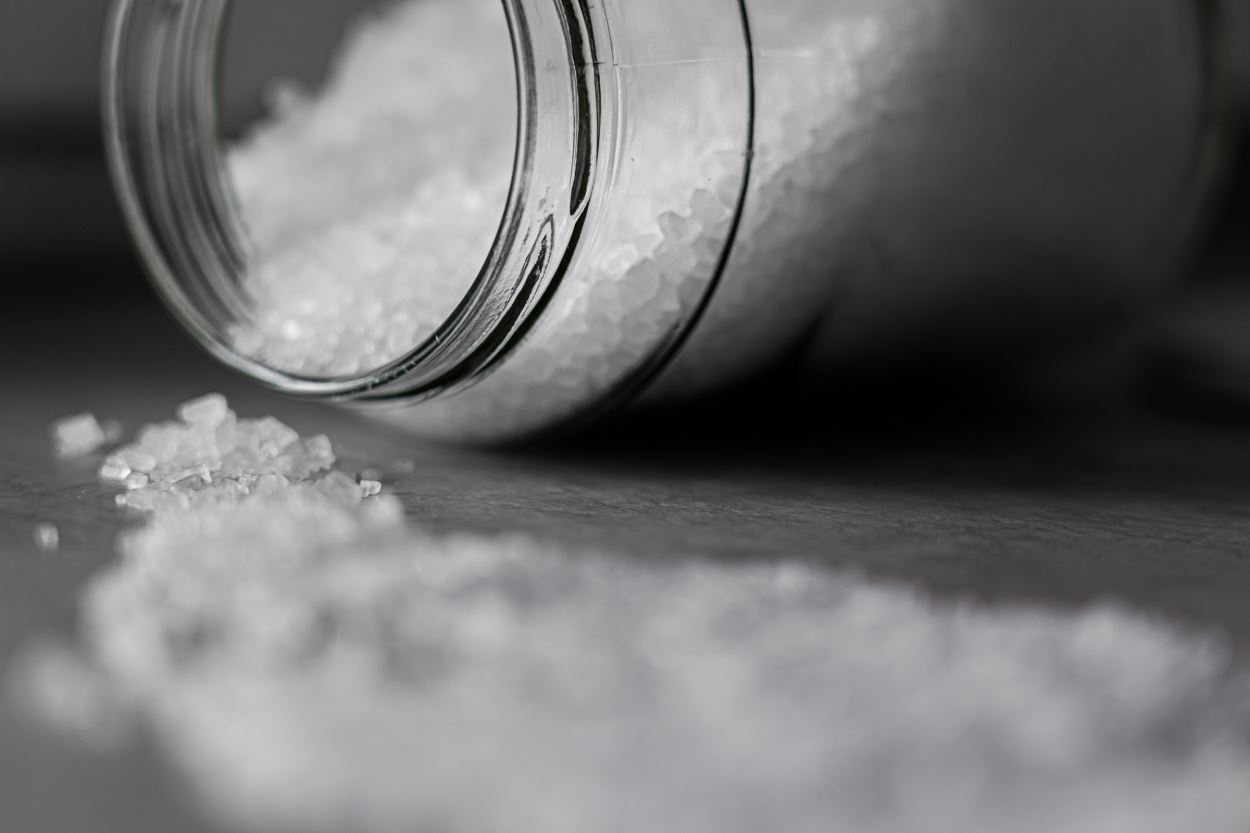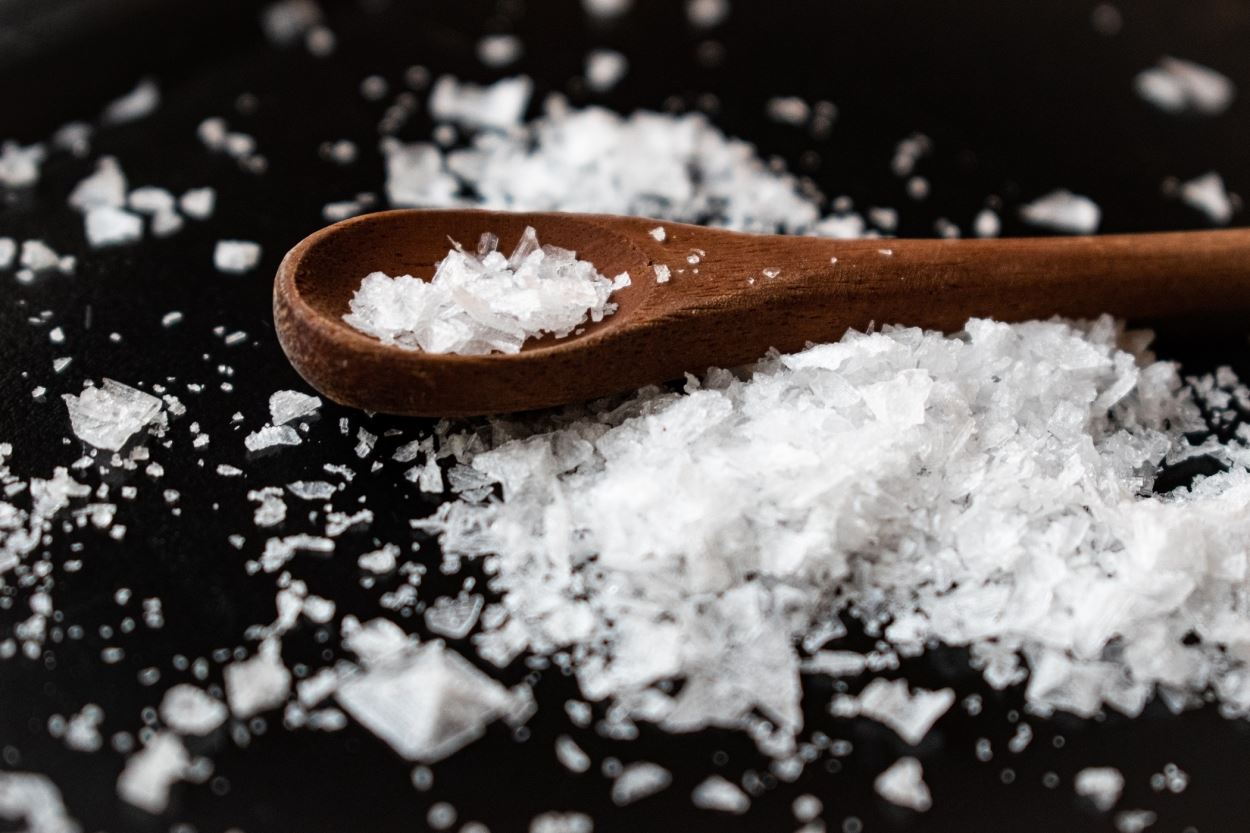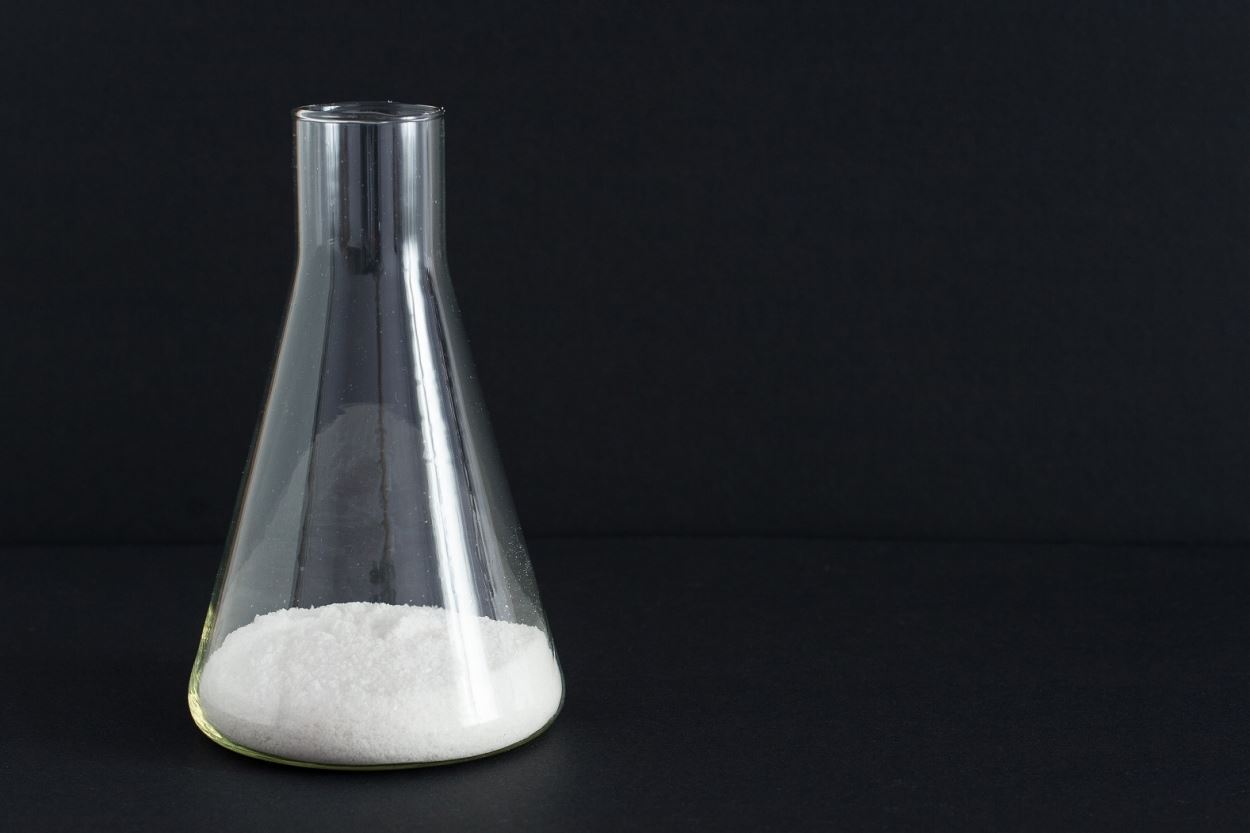How Can You Identify a Salt?
2020-09-21(57086)
In straightforward thinking, salt is something that we use in everyday life mostly for cooking or flavoring food, right? However, how can you identify salt in chemistry?
As Koyuncu Salt, Turkey’s leading salt exporter, we will explain important topics such as; how can you identify a salt? What is the easiest way to identify salt in salt analysis? And how do you do a simple salt analysis? Let’s begin.
What is Salt in Chemistry?
To answer the question of “how can you identify a salt?” you need to understand what salt refers to in chemistry. In chemistry, salt is a chemical compound produced by the reaction of an acid with a base. Salt consists of two oppositely charged ions; the positive ion (cation) of a base and the negative ion (anion) of an acid.
The chemical reaction that produces salt is called neutralization which is between the acid and the base. Commonly, salt also refers to table salt which consists of sodium and chloride (NaCI.) Usually, salt consists of positive ions from a metal (Na1+) and negative ions from a non-metal (CI1-).
How is Salt Bonded Together?

You need to understand how ions are formed in the first place to understand how salt is bonded together. There are two ways ions form.
Positive ion: When an atom loses an electron, it becomes a cation. Losing a negatively charged electron, the atom becomes positive.
Negative ion: An atom can gain an electron to become an anion as well which is because of the octet rule as chemists usually put it. It means that an atom can obtain stability by eight valences, or outer, electrons. Losing or gaining electrons to form an ion is a way of achieving this.
So, when metal sodium meets gaseous chloride, they both form ions, and a reaction takes place. As a result, sodium gains a positive charge, and the two oppositely charged ions bond together.
Properties of Salt

One can answer the question of “how can you identify salt?” by conducting a salt analysis. However, we will discuss the topics of salt analysis and “how do you do a simple salt analysis?” later in the article. For now, let us go through the properties of salt which makes salt “salt” in the first place.
● Salt has a strictly-ordered formation of molecules that gives it a form of a crystal structure or white crystalline powder.
● Salt has a transparent and colorless form.
● It is soluble in water under certain conditions.
● Salt is also hygroscopic which means that it can absorb moisture from damp atmospheres (above 75% relative humidity or it dries out)
● It melts at 801°C.
● It begins to vaporize at slightly above 1,413°C.
● Salt is an electrolyte. By dissolving in water, salt creates free-flowing ions and make the water conduct electricity.
Now that we have covered the basic information to identify salt as a chemical compound in general, we can dive into the details on “how can you identify a salt?” by defining salt analysis.
What is Salt Analysis?
Also known as systematic qualitative analysis or qualitative inorganic analysis, salt analysis is the identification of the cation and anion of an inorganic salt. This analysis is conducted by a systematic series of tests and observations to prove the absence or presence of cations and anions.
How Do You Do a Simple Salt Analysis?
As stated above in the definition of salt analysis, salt can be identified by conducting a salt analysis that reveals its cations and anions. Then, what is the easiest way to identify salt in salt analysis? Let’s break the salt analysis down to steps to achieve a better answer to “how do you do a simple salt analysis?”
Step #1 Procure the inorganic salt you will identify.
Step #2 Make preliminary tests for anions until you achieve positive results.
Step #3 Conduct preliminary tests for cations once you achieve positive results from the preliminary tests for anions and test until you reach a positive result.
Step #4 Conduct confirmatory tests for both after you achieve positive results.
Step #5 Once you identify the cations and anions, attain the chemical formula of salt by balancing the charges.
How to Identify a Simple Salt
There is a certain basic procedure to identify a salt that can be followed.
1. Look at the Appearance of the Compound
Typically the compound appears in a solid form. Moreover, as we mentioned earlier under the properties of salt, its shape is crystal and color is transparent or white. However, the ions of transition elements can be colored. For instance;
|
Cr3+ |
violet |
|
Co2+ |
rose |
2. Check the Effect of Heating
Heat the compound in a test tube. Does the heating cause a liquid to condense inside of the tube? Most probably, it is water, meaning that the compound you have is a hydrate. If the heating causes a gas to give off, then you should note the color and odor of it.
3. Conduct a Flame Test
Conducting a flame test is another way to answer “what is the easiest way to identify salt in salt analysis?” Solutions of ions can cause the flame to change color according to the characteristic of the atom.
For this test, the solutions of ions are mixed with concentrated HCI and then heated on a wire flame (nickel or chromium.)
4. Test Its Reaction with Hydrochloric Acid
Dropwise HCI is added to the solution until the test results in acidic to litmus paper. Make observations for any reaction. Any cation that forms an insoluble chloride will form a precipitate.
5. Note Its Solubility in Water
How do you do a simple salt analysis? You can place a small spatula of the compound in 1 mL of water to check its solubility in water. If soluble, the compound dissolves after considerable stirring.
If some amount dissolves while some do not, then the compound is moderately soluble. It can also be insoluble in which situation the compound does not dissolve at all.
These are some of the ways to identify a salt. If you are interested in different applications and types of salt, you may read our articles “Salt Applications for Industry” and “Kosher Salt: What’s special about kosher salt? Why It’s Called Kosher?”
6. Sieve analysis
By using different sieves, Salt can be identified by its granule size.
7. Moisture analysis
Starts with weight measurement of a salt on room temperature. After that salt will be heated to 140 Celcius Degree. This will lead to loose its moisture completely.
The heated salt’s weight will be measured again. The difference between first measurement and second measurement gives us the moisture so you can have the ratio of moisture in the salt.
Properties of Salt How is Salt Bonded Together? What is Salt in Chemistry? How Can You Identify a Salt? salt analysis







